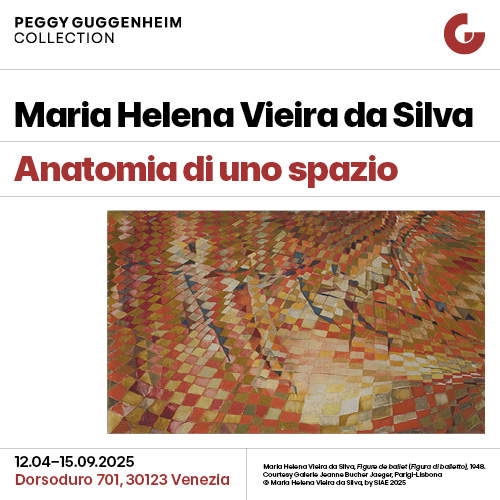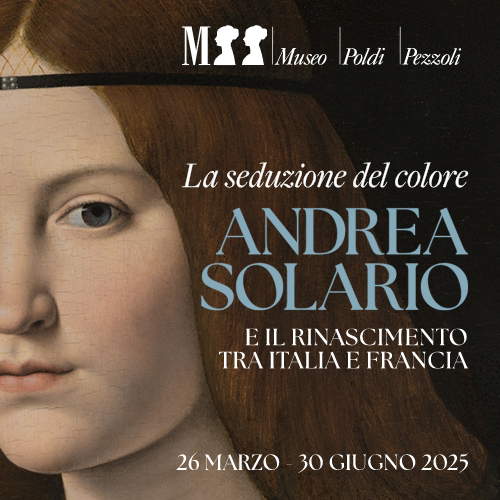Egypt, extraordinary discoveries at Ramesseum: tombs, storerooms and the first school of ancient Egypt
Luxor continues to amaze. The recent excavation campaign around the temple of Ramesseum has uncovered startling new evidence of the intense religious, economic and administrative life ofancient Egypt. Conducting the excavations was a joint French-Egyptian archaeological mission, composed of the Conservation and Registration Sector of the Supreme Council of Antiquities, the French National Research Center andSorbonne University. The targeted area is located on the west bank of the Nile, where stands the famous funerary temple dedicated to Pharaoh Ramses II (c. 1303-1213 BCE), also known as the “Temple of Millions of Years.”
Among the most notable discoveries is the identification of the “House of Life,” a scientific school attached to the great temples of ancient Egypt. Excavations inside the temple revealed the institution’s architectural structure and a collection of education-related artifacts, such as drawings and school games. This is the first tangible evidence of the existence of a school within the Ramesseum, testifying to the temple’s central role in education as well.
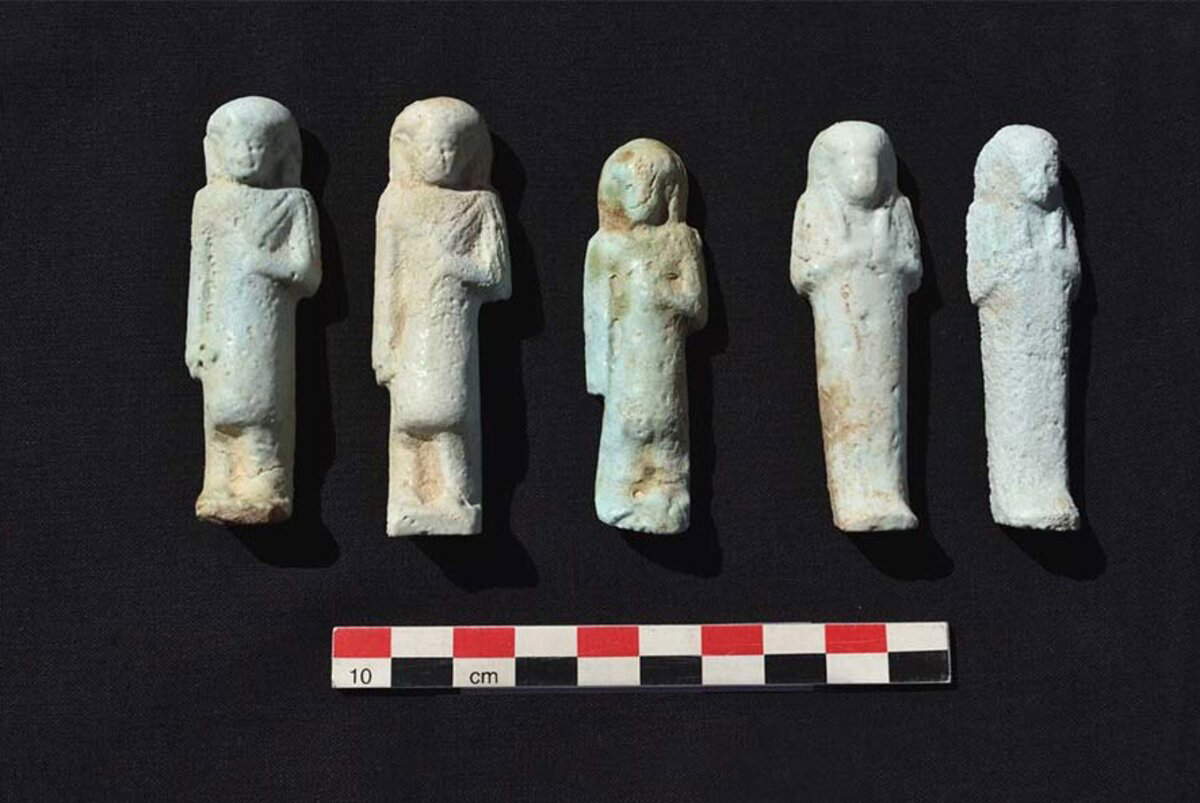
An administrative and productive center
The discoveries are not limited to the educational area. On the eastern side of the temple, a new group of buildings has emerged that are presumed to have been used as administrative offices. Investigations continue to clarify the specific function of these structures, but their layout suggests a centralized management of the religious and economic activities of the complex.
Even more telling are the findings on the northern side, where warehouses used for storing olive oil, honey and fats were found, along with wine cellars. Numerous jar labels found on site testify to intensive storage and distribution of foodstuffs. Workshops for weaving, stone working, kitchens and bakeries were also identified in the area, completing the picture of a fully operational settlement. The presence of these facilities reinforces the hypothesis that Ramesseum was a real nerve center for the social and economic life of the region.
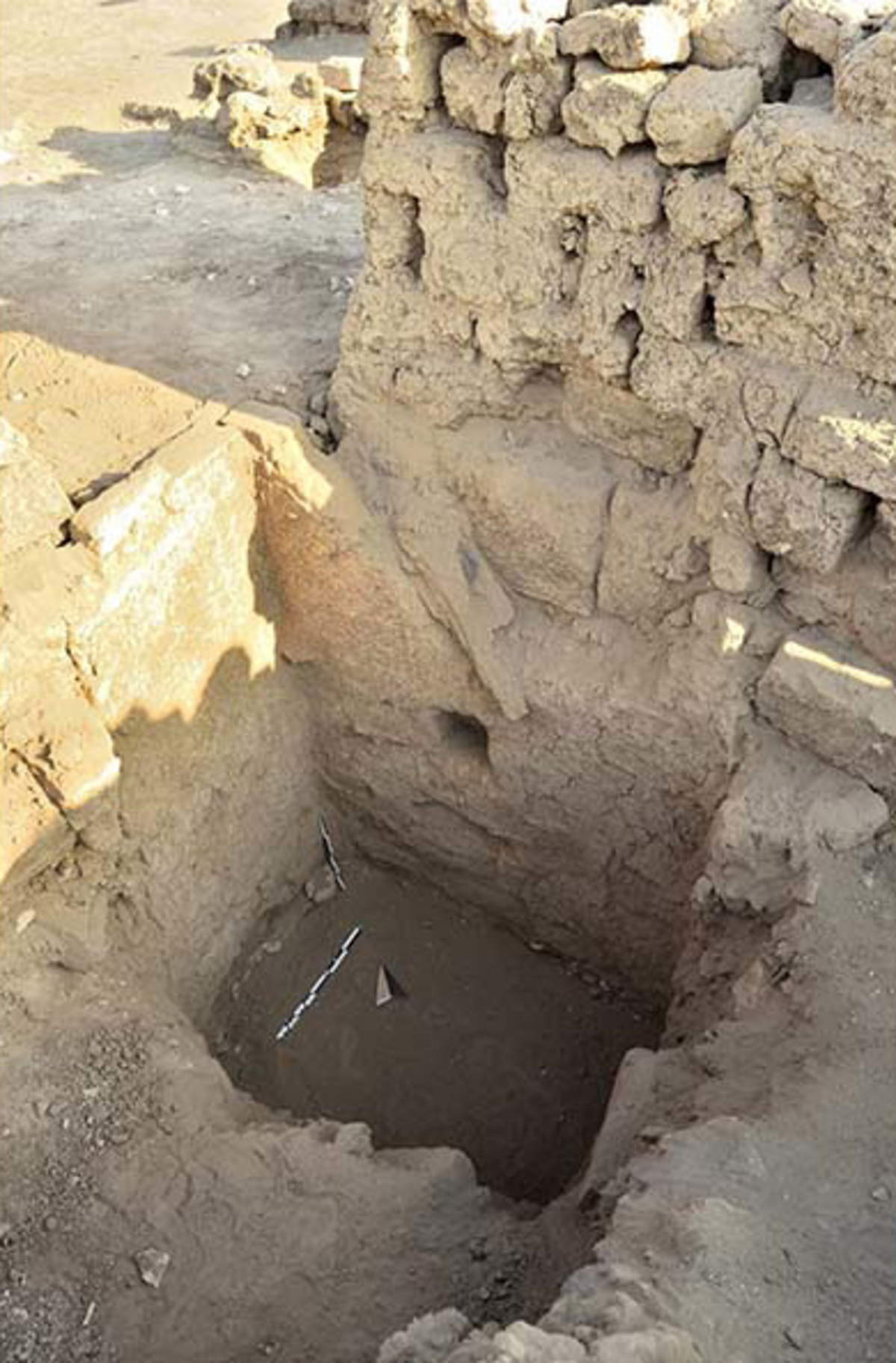
A cemetery and the rediscovery of Sahhotep Ib Ra
A vast funerary complex dating to the Third Intermediate Period has emerged in the northeastern region of the site. The tombs contained burial chambers, wells, canopic jars in excellent condition, tools, interlocking coffins, 401 ceramic ushabti figurines, and a collection of human bones. These items enrich our knowledge of funerary practices and social organization of the time.
In an adjacent area on the northwestern side of the temple, the tomb of Sahhotep Ib Ra, previously identified in 1896 by British archaeologist James Quibell and dating from the Middle Kingdom, was rediscovered. Scenes from the deceased’s funeral are depicted on the interior walls, confirming the historical and ritual value of the monument.
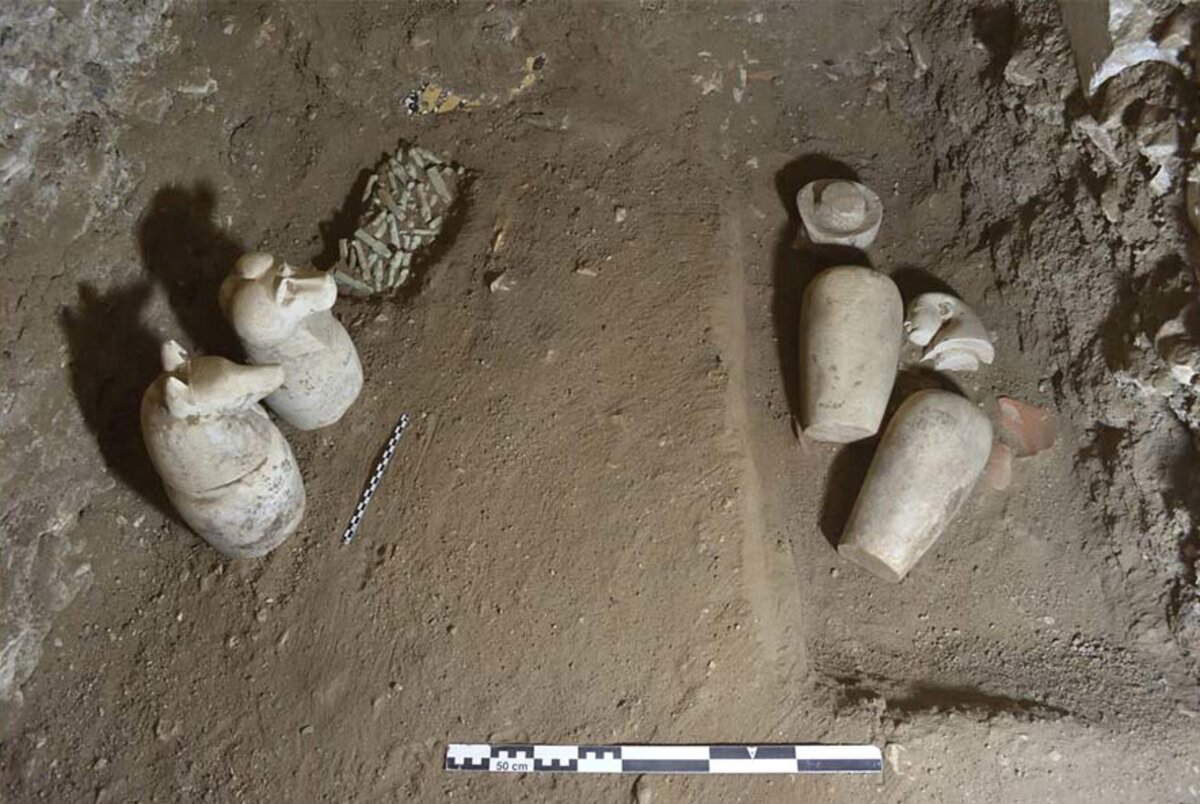
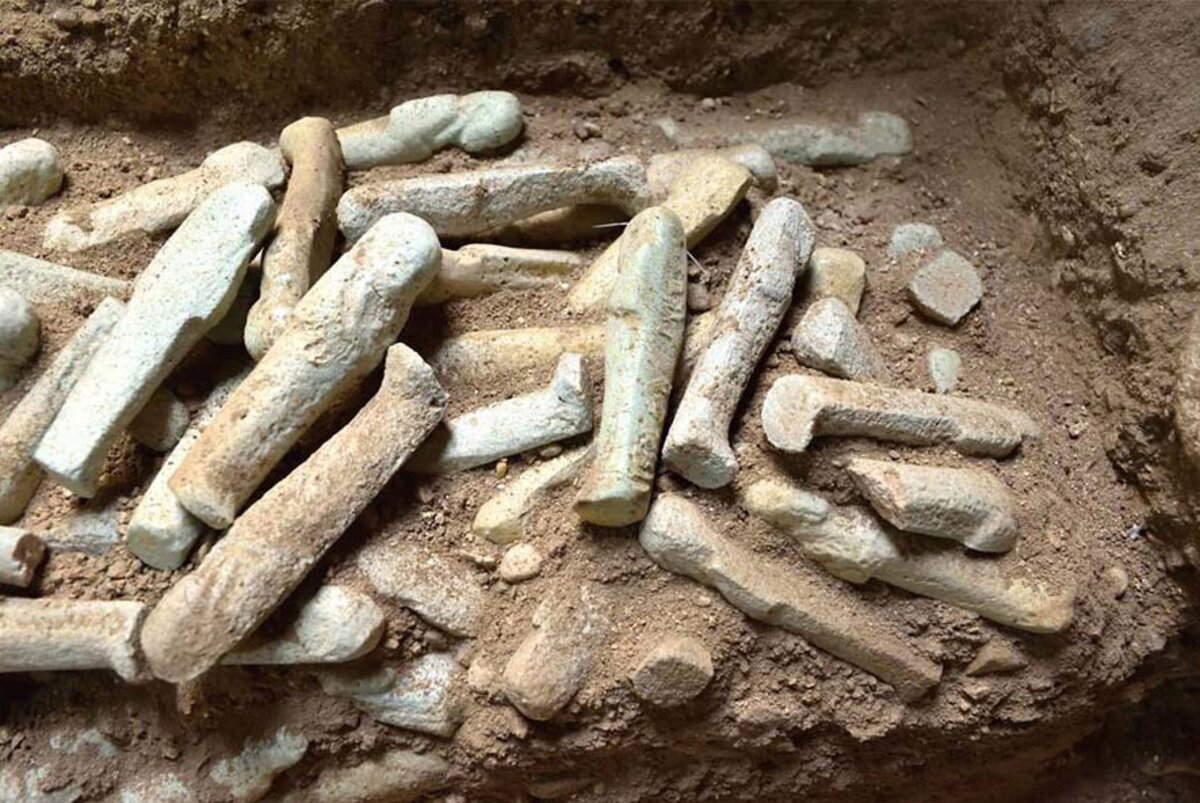
A complex legacy: the Ramesseum before and after Ramses II
Recent discoveries also offer new insights into the historical evolution of the Ramesseum. Mohamed Ismail, secretary general of the Supreme Council of Antiquities, explained that scientific studies have shown that the site was already occupied before the temple was built by Ramses II. In later eras, after being looted, it was turned into a cemetery for priests, and then reused as a base of operations by quarry workers in the Ptolemaic and Roman periods.
The Ramesseum temple was thus not just a place of worship. Its role included administrative, economic and political functions. According to Ismail’s statement, the site was a point of redistribution of goods produced or stored in the internal warehouses and workshops, goods that were then destined for the population, including the artisans of Deir el-Medina. In addition to the excavations, the mission completed major restoration work. The entire southern side of the temple, from the hypostyle hall to the Holy of Holies, was restored. Special attention was paid to the statue of Tuya, mother of Rameses II, whose fragments were relocated to their original position south of the king’s statue. The surviving parts of the statue of Rameses II were also restored, particularly the legs, which were repositioned on the reconstructed base. A study of the overall condition of the statue was also conducted.
The royal palace and the audiences of the ruler
Christian Leblanc, head of the French mission, explained the interventions conducted on the royal palace adjacent to the temple’s first courtyard. The investigations identified the original layout of the palace, which included a reception hall and a throne room where Ramses II received dignitaries. Only a few column bases remain today, but the architectural reconstruction is made possible by the mud-brick walls that made up the original structure.
Among the discoveries made is part of the granite lintel of the second pillar door, on which is depicted Ramses II as a deity in the presence of Amun-Ra. Nearby, the remains of a frame decorated with a frieze depicting monkeys, probably part of a mythological tale, emerged. The mission also removed debris along the temple’s processional avenues, uncovering remains from the Third Intermediate Period. One of the roads was found to be adorned with statues of Anubis depicted reclining on small shrines. Many of these fragments have been collected and restored, restoring a fuller picture of the sacredness of the site. The French-Egyptian mission has been working at the Ramesseum temple since 1991, with a continuity rare in the international archaeological scene. In 34 years of activity, systematic excavations, studies and restorations have been carried out that have transformed the understanding of the site, restoring to history a living, dynamic temple that is still capable of revealing new aspects of Egyptian civilization.
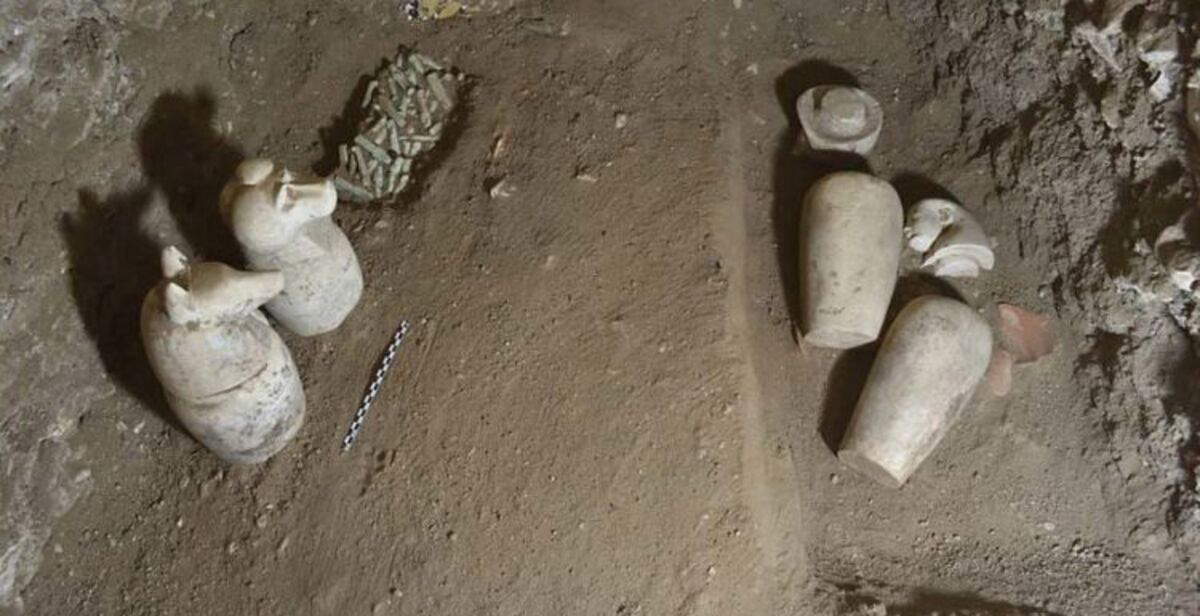 |
| Egypt, extraordinary discoveries at Ramesseum: tombs, storerooms and the first school of ancient Egypt |
Warning: the translation into English of the original Italian article was created using automatic tools. We undertake to review all articles, but we do not guarantee the total absence of inaccuracies in the translation due to the program. You can find the original by clicking on the ITA button. If you find any mistake,please contact us.





